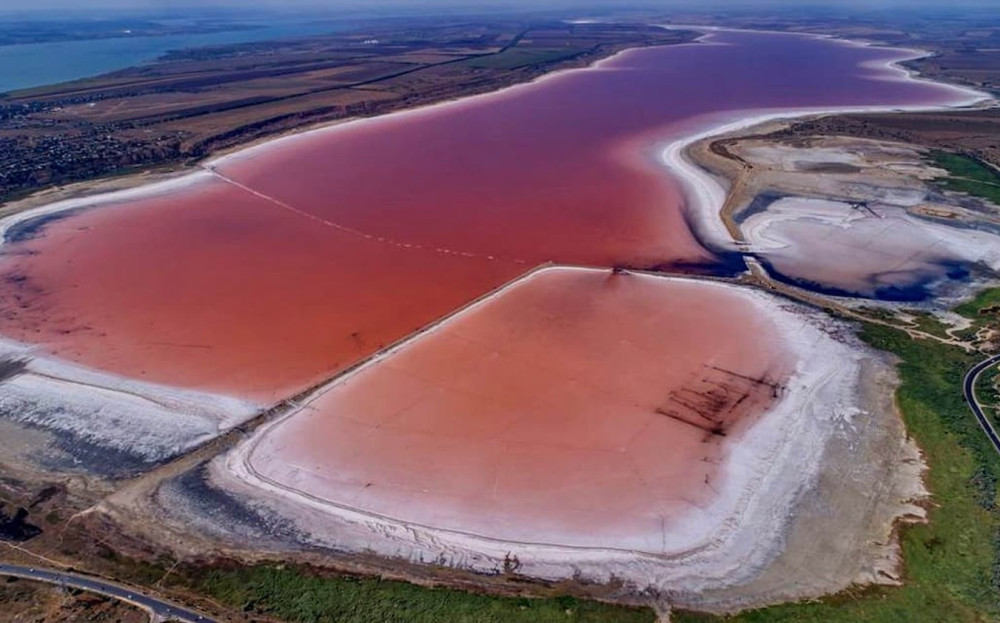Impact of Rainfall on Water Resources in Odesa Region
On September 30, 2025, a significant rainfall event occurred in the Odesa region, delivering 94 mm of rainwater. Hydrologist Serhiy Shevchuk noted that this flooding was one of the most powerful in recent years and significantly affected the small rivers of the area, as well as the Kuyalnik Estuary.
According to the expert, such rainstorms are crucial in shaping the riverbeds of small rivers, which often dry up during drought years.
“These rains can be destructive to urban infrastructure, but they also rejuvenate natural waterways, bringing them back to life,” explained Shevchuk.
He pointed out that the small river Great Kuyalnik, which had been dammed and canalized for decades, filled with water after the September downpour. This had a positive effect on the Kuyalnik Estuary, whose water level had been critically low, with salinity exceeding 350 grams per liter (for comparison, the Black Sea measures around 18 g/l).
“The rain on September 30 was a lifesaver for the estuary — the water level rose noticeably. This is clearly visible in satellite images from September 28 and October 5. The exposed bottoms of bays have been replenished with water again,” the hydrologist noted.
At the same time, Serhiy Shevchuk emphasizes that relying solely on natural rainfall is not sufficient. Local water conservation measures must be developed, including stormwater retention systems, moisture replenishment of coastal soils, and repairs to drainage systems in ponds and reservoirs.
“Rivers start in the sky. Without rainfall, there are no rivers, regardless of what local farmers do,” the hydrologist concluded.
The expert stated that the September rainfall not only revitalized the Kuyalnik Estuary but also highlighted the importance of smart water resource management in the face of climate change.








